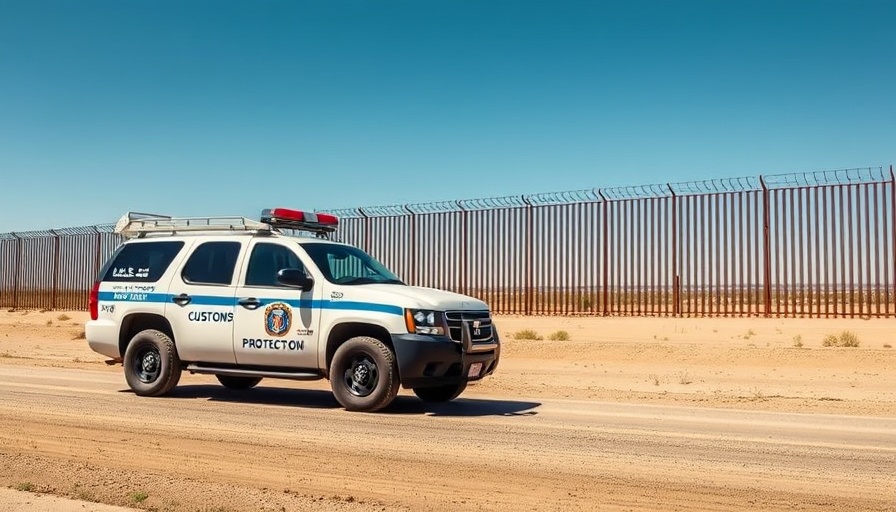
Understanding the ‘Wolfpack Attack’ on NYPD Officers
In a shocking incident on a bustling Friday night in Times Square, a group of teenagers affiliated with the Diablos de la 42 gang ambushed NYPD officers attempting to stop a robbery. This attack, described by Mayor Eric Adams as a coordinated “wolfpack” assault, has raised alarm bells about the growing influence of gang violence in urban areas. The assailants, aged between 12 and 20, utilized scooters, bottles, and makeshift weapons to assault the officers, marking a troubling escalation in youth-led violence against law enforcement.
Insights into Gang Dynamics and Youth Involvement
The Diablos de la 42 are considered a junior affiliate of the notorious Tren de Aragua gang from Venezuela. With over 240 arrests attributed to their members, their influence in New York signals a concerning trend regarding immigrant gang proliferation in urban settings. The use of juveniles in these attacks has sparked discussions on the systemic issues relating to youth engagement in gang-related violence, prompting calls for more preventive measures in law enforcement strategies.
The Role of Police Strategy in Urban Safety
According to NYPD Commissioner Jessica Tisch, the ambush was not a spontaneous event. The planning suggests an organized effort that poses significant challenges to public safety. In light of this, the NYPD’s usage of a controversial gang database, seen by some as a crucial intelligence tool, has come under scrutiny. Advocates for its removal argue that it disproportionately targets Black and Hispanic communities.
Tisch defended the database, stating, “You can’t fight organized violence with blindfolds on,” indicating that tangible data is vital for proactive law enforcement. This sentiment resonates within law enforcement circles that advocate for transparency and targeted strategies based on empirical evidence about gang activity.
Amidst Ambushes: The Impact on Officer Safety and Community Relations
Officer safety has become a paramount concern as violent incidents escalate. The recent attack exemplifies the risks faced by law enforcement officers daily. With five attackers currently apprehended, there arises a pressing need to address the factors that lead youths to affiliate with criminal organizations. Community engagement and proactive policing approaches can bridge the gap between law enforcement and neighborhood relations, ultimately contributing to a safer environment for both officers and civilians.
Legal and Community Responses to Rampant Youth Violence
As this case progresses, law enforcement leaders and policymakers must contemplate broader implications for public safety and criminal justice. Initiatives that foster community relationships while involving youth in positive programs could curtail future gang affiliations. The necessity for law enforcement to adopt holistic views rather than merely punitive measures has been echoed in community forums across New York.
Looking Forward: Trends in Police Practice and Public Policy
This incident serves as a wake-up call for not only law enforcement but also for policymakers. The intersection of technology and policing, from body cameras to predictive analytics, must evolve alongside these emerging threats. Groundbreaking measures in officer training and recruitment strategies are integral in creating a resilient framework for tackling youth gang violence. Engaging with community leaders to formulate proactive strategies can yield long-term benefits and establish trust.
As New York navigates these challenges, a collective effort involving law enforcement, community leaders, and policymakers is essential in crafting solutions that address the underlying issues fueling gang violence while safeguarding both officer and community member well-being.
Call to Action
In light of the evolving landscape of urban violence, it is crucial for the community and law enforcement to collaborate closely. Policymakers should convene town halls, engage with affected neighborhoods, and reform strategies encompassing both community safety and police accountability. Your voice matters. Advocating for practical reforms and supporting community programs aiming to empower youth is paramount in fostering a robust public safety environment.
 Add Row
Add Row  Add
Add 

 Add Element
Add Element  Add Row
Add Row 




Write A Comment